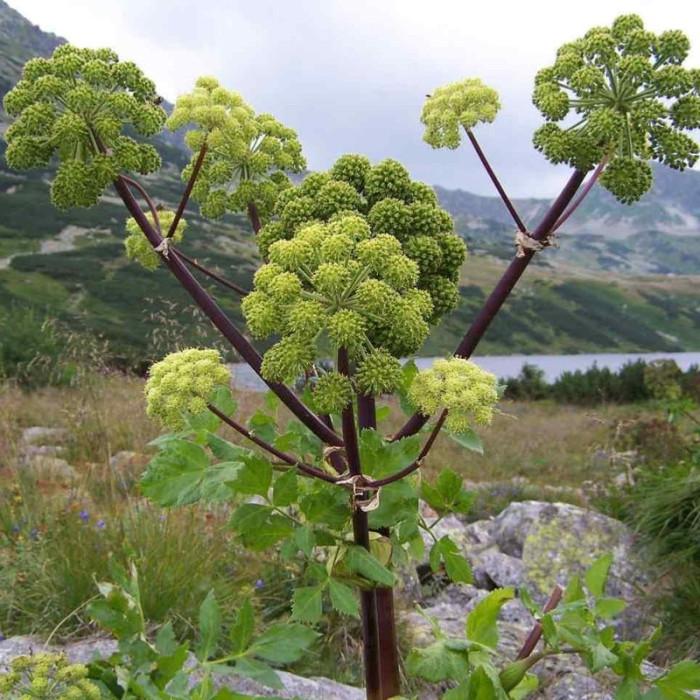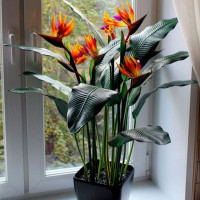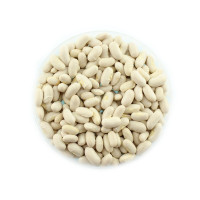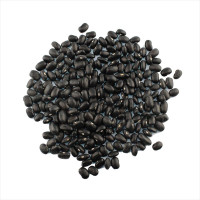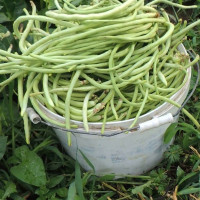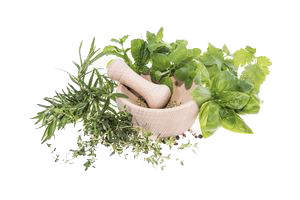Arden angelica or wild celery, or Norwegian angelica / Angelica archangelica - is a biennial medicinal plant that is used in herbal medicine, in cooking, in addition, angelica is an excellent honey plant.
The scientific name Angelica archangelica, which translates as «Archangel Grass», angelica received due to the fact that it exhibits the most powerful medicinal properties among the representatives of the Angelica genus. It is believed that in the homeland of angelica, the beginning of its flowering fell on the Day of the Archangel Michael.
Angelica officinalis grows in marshy places, water meadows, along the banks of rivers and lakes, in forests, grows up to 250 cm in height and begins to bloom in the second year of life, in July-August. The flowers are small, white, sometimes with a greenish tinge, collected in a spherical umbrella inflorescence, have a pleasant honey aroma that attracts bees. The fruits ripen from August (in Ukraine), characteristic elliptical shape, pale yellow or yellow, up to 9 mm long.
Angelica has long been recognized as a valuable honey plant: the nectar productivity of a plant can reach 3 kg/hundredth. Angelica honey has a reddish hue, has a pleasant taste and aroma. In addition to taste, angelica honey is rich in vitamins, useful organic acids and minerals, which is why it is used in the treatment of acute bronchitis, colds, stomach and intestinal cramps.
In addition to antispasmodic and antibacterial properties, angelica honey has a calming effect on the nervous system, helps with insomnia, nervous exhaustion, rheumatism, irritability.
Angelica is propagated by seeds, which are planted from August to late autumn, and by dividing bushes, cuttings of roots and layering from biennial plants. Loose, medium-fruited and moist soil is best suited for planting. Angelica seeds partially lose their germination during winter storage, so they It is better to sow in the year of seed ripening. The plant is resistant to cold, unpretentious and does not require special care. .
With the onset of spring, angelica resumes its growth, the optimal temperature for growth is 15-25°C. Plant care involves maintaining soil moisture, so on hot days it is recommended to water and spray the plant abundantly with cool water. Angelica officinalis does not need additional feeding. The plant prefers bright light or light partial shade.

No questions about this product, be the first and ask your question.




